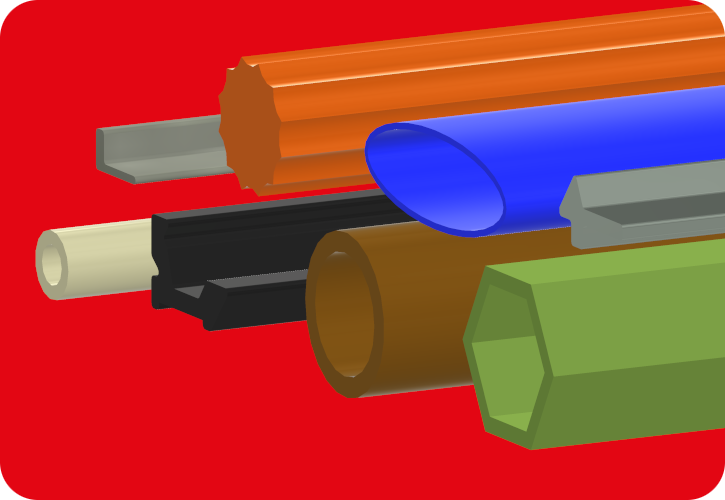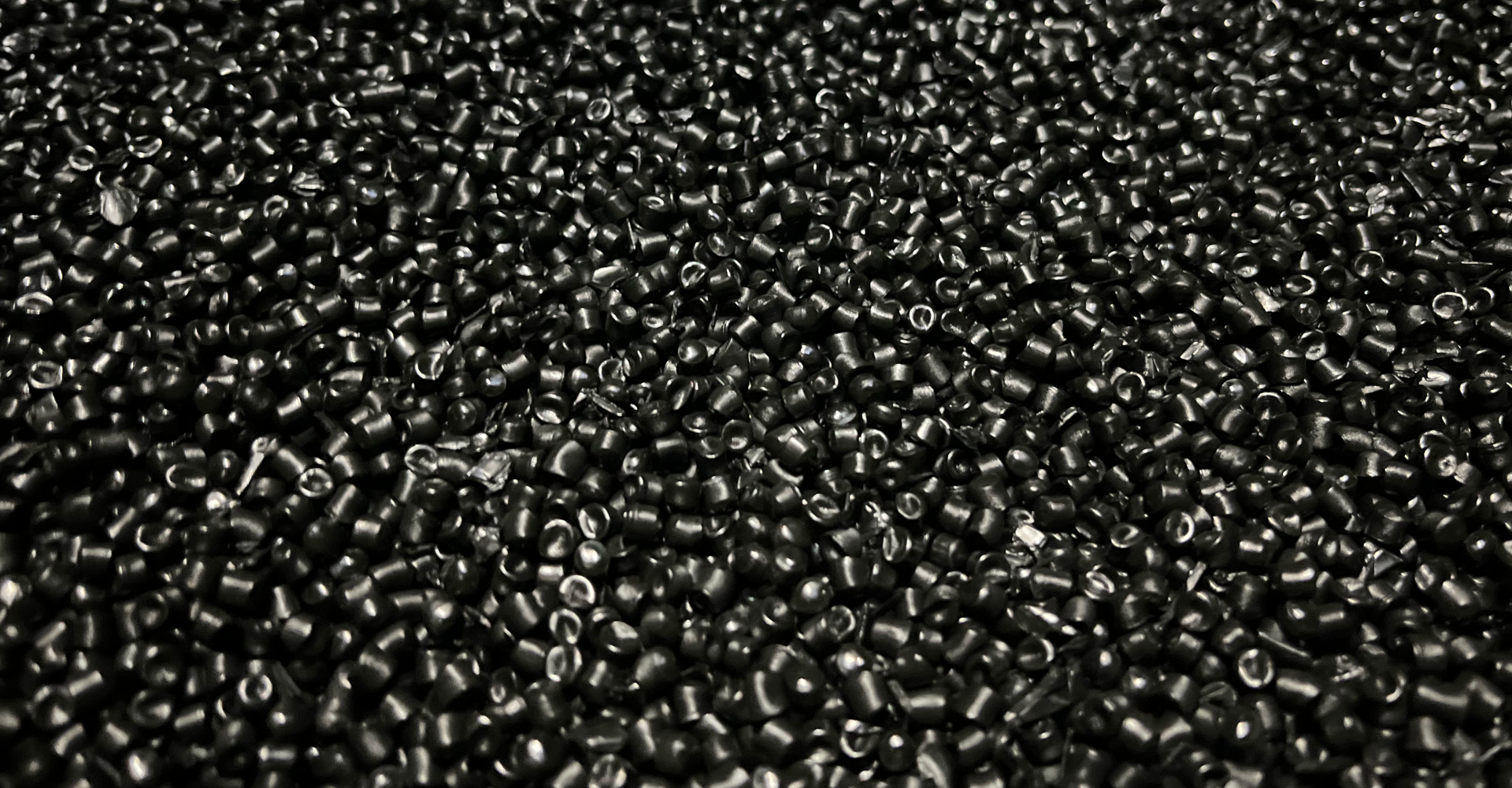Polyvinylidenflourid – PVDF
High-Performance Plastic
In General | Technical Data of PVDF | Advantages | Tradenames of PVDF

Plastic Profiles made of Polyvinylidelflourid – PVDF
Polyvinylidene fluoride, PVDF for short, is a semi-crystalline and thermoplastic high-performance plastic. The exchange of the hydrogen atoms in the polymer chain by fluorine atoms results in stronger bonds and thus better technical properties compared to other plastics. PVDF has an almost unlimited range of applications, which is partly due to its high thermal and chemical resistance. In addition, PVDF has mechanically and technically advantageous properties such as strength and abrasion resistance. Furthermore, this plastic absorbs hardly any moisture with less than 0.05% and can be used between temperatures between -60°C and 150°C.

When processing PVDF, it is important to ensure that the plastic does not come into contact with boron-containing materials or semi-finished products. This can otherwise lead to spontaneous degradation of the melt.
PVDF is typically used for seals, tubes, hoses, slide rails and films in electrical, medical, membrane technology, life sciences and other industries.
Binder + Wöhrle processes PVDF primarily in the field of plastic extrusion as well as in plastic injection molding. B + W has different types in use and produces customized plastic tubes, hoses -profiles, -sheathings, ¬connectors and much more in the diameter range of 0.5 – 50 mm.

Technical Data
- PVDF
- Density: 1,76-1,78 g/cm³
- Tensile Strength: >50 N/mm²
- Minimum Temperatur continuous: -60°C
- Maximum Temperatur continuous: 150°C
Advantages of Polyvinylidenflourid – PVDF
+ high thermal resistance
+ high chemical resistance
+ high strength
+ high abrasion resistance
+ hardly any moisture absorption

Tradenames of Polyvinylidenflourid
Dyflor, Hylar, Solef, Kynar Tecaflon, …


